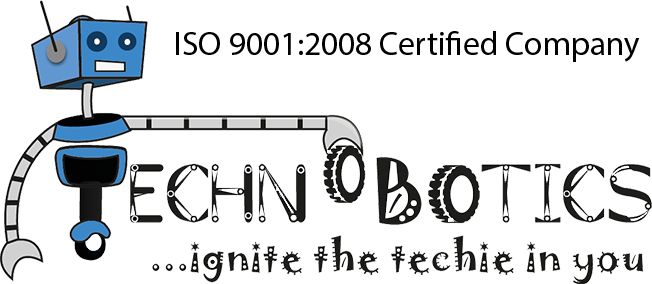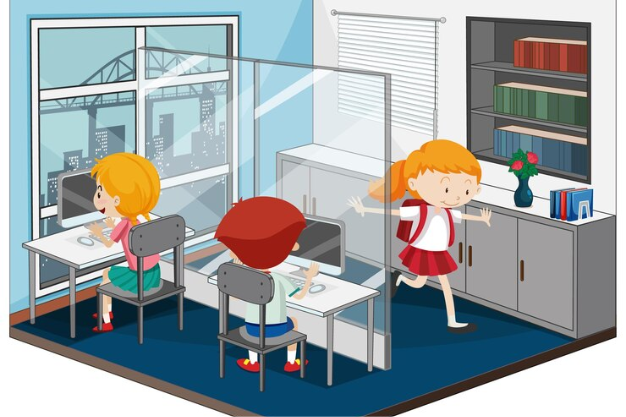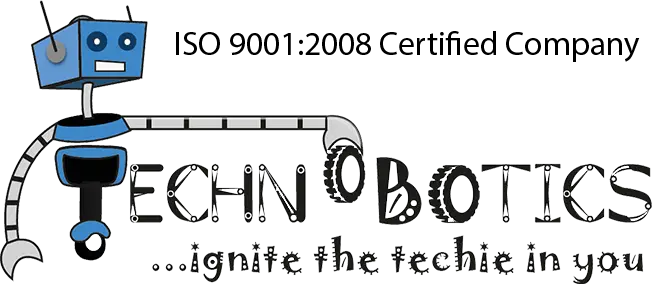Introduction:
Have you ever considered STEM’s significant role in your child development? As a parent, it is only natural to aspire for your child’s success in all aspects of life. And a solid foundation in Science, Technology, Engineering, and Mathematics (STEM) can be crucial to their success. However, how exactly does STEM education benefit children? Why is it essential for their overall development? And how can you foster a love for STEM in your child? Fear not; we will explore the answers to these questions and more in this blog post. So, join us on this journey to understand why STEM is indispensable to your child’s growth and success.
What Is STEM?
Before we go deep into STEM, we should know what STEM is all about. Here is the answer, STEM learning courses is an interdisciplinary approach that combines science, technology, engineering, and mathematics, and it has become increasingly important due to rapid technological advancements and the need for a skilled workforce.
How Does STEM Benefit in a child development?
Here are the main points about the importance of STEM Courses in a child’s development:
- Develops critical thinking and problem-solving skills that are valuable in all areas of life.
- Prepares children for the future by providing them with the skills needed to succeed in a technology-driven world.
- Creates opportunities for high-paying, in-demand jobs.
- Fosters creativity by encouraging children to think outside the box and develop new solutions to problems.
- It benefits children in artistic pursuits and personal relationships.
- It builds resilience in children by teaching them to learn from failure and try again.
- This skill is crucial in life, where setbacks are inevitable.
As we have seen What STEM is and How STEM can Be Importance for Young Children, we will dive into the Top 3 Most Crucial Reasons You Must Consider STEM Education.
Motor Skills and Hand-Eye Coordination:
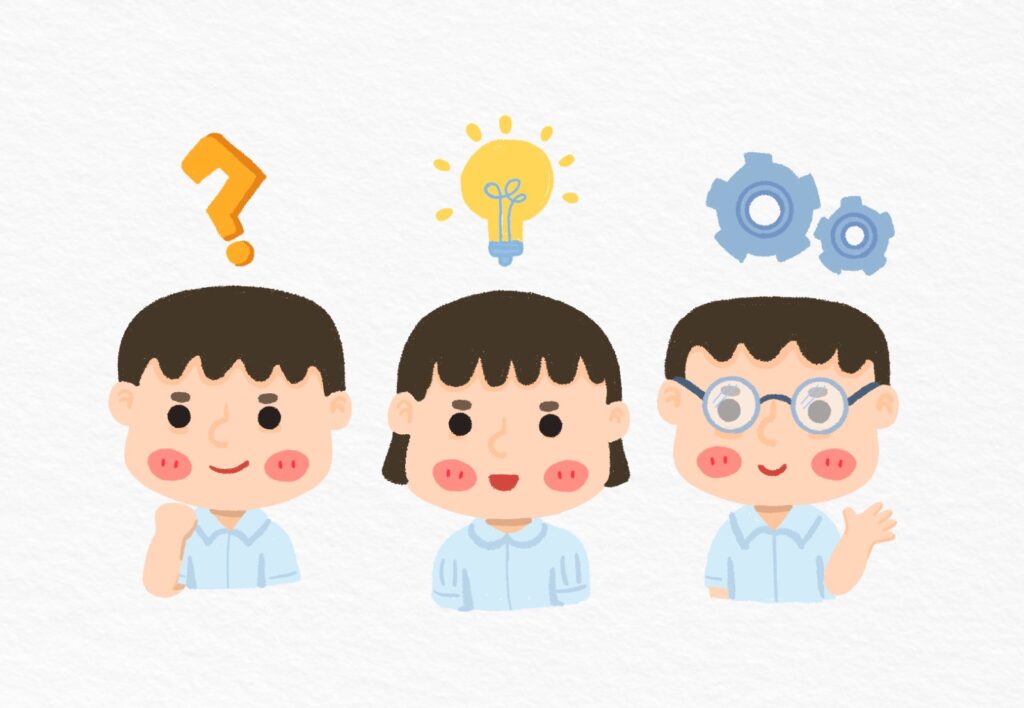
Motor skills and hand-eye coordination are crucial aspects of a child development. STEM education can help children improve these skills in several ways, including:

- Building with blocks or Legos: Building with blocks or Legos can help children develop fine motor skills and hand-eye coordination. Children can learn to manipulate small objects and strengthen their grip while building structures.
- Playing with remote-controlled toys: Remote-controlled toys can help children develop hand-eye coordination and spatial awareness. They learn to control the toy’s movement while also visually tracking it.
- Using a computer mouse: Using a computer mouse can help children develop their hand-eye coordination and fine motor skills. They learn to click and drag objects on the screen, which can improve their hand movements.
- Engaging in physical activities: Physical activities like throwing and catching a ball or playing sports can help children develop their gross motor skills and hand-eye coordination.
Creative Thinking:
STEM education develops not only academic skills but also promotes creative thinking. It encourages children to think critically, explore new ideas, and collaborate with others to create innovative solutions.
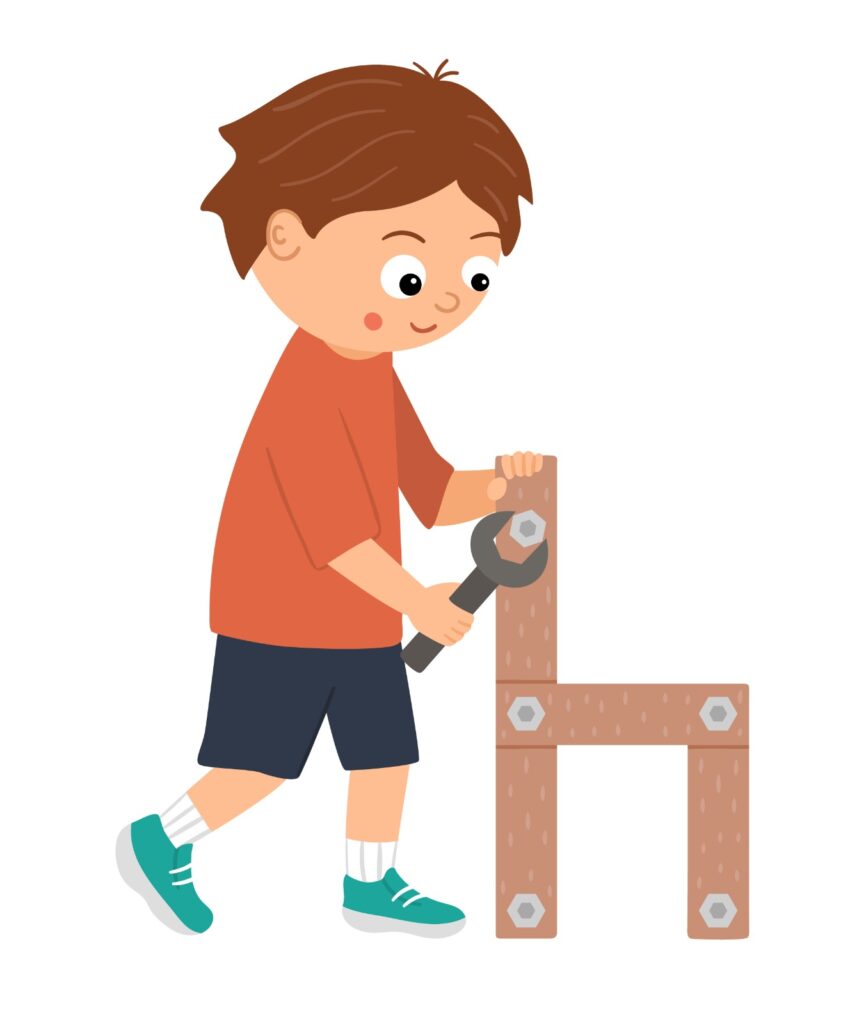
Here are some pointers on how STEM education can foster creative thinking in children:
- Encourages Problem-Solving Skills: STEM education challenges children to think critically and solve problems creatively. It teaches them to approach challenges from multiple perspectives, developing their ability to think outside the box.
- Promotes Innovation: STEM education encourages children to explore new ideas and develop innovative solutions. It provides a platform for them to use their imagination and creativity to create new and exciting ideas.
- Teaches Collaboration: STEM education often involves teamwork and collaboration, teaching children to work together to achieve a common goal. It fosters a creative environment where children can share and build upon each other’s ideas.
- Provides Hands-On Learning: STEM education offers opportunities for children to learn through hands-on experiences, which can be highly engaging and motivating. This type of learning encourages children to take risks and try new things, promoting creative thinking and problem-solving.
- Fosters Curiosity: STEM education encourages children to be curious and ask questions, leading to a deeper understanding of the world around them. It fosters a love of learning and exploration, which can inspire children to pursue their interests and passions.
Visualisation:
Visualisation is creating and manipulating mental images in one’s mind. It is a crucial skill for success in many STEM fields, including engineering, mathematics, and computer science.

Here are some ways that STEM education can help improve a child’s visualisation skills:
- 3D Modelling: Creating 3D models of objects and structures can help children visualise spatial relationships and understand how things fit together.
- Virtual Reality: Using virtual reality technology can give children an immersive experience that allows them to explore and manipulate objects in a three-dimensional space.
- Building and Construction: Building with blocks or constructing structures with various materials can help children develop their visualisation skills and spatial reasoning abilities.
- Designing Solutions: Encouraging children to design solutions to real-world problems can help them think creatively and visualise new possibilities.
STEM education provides numerous opportunities for children to develop their visualisation skills.
Models on How STEM Subjects Allow Children To Think Outside The Box:
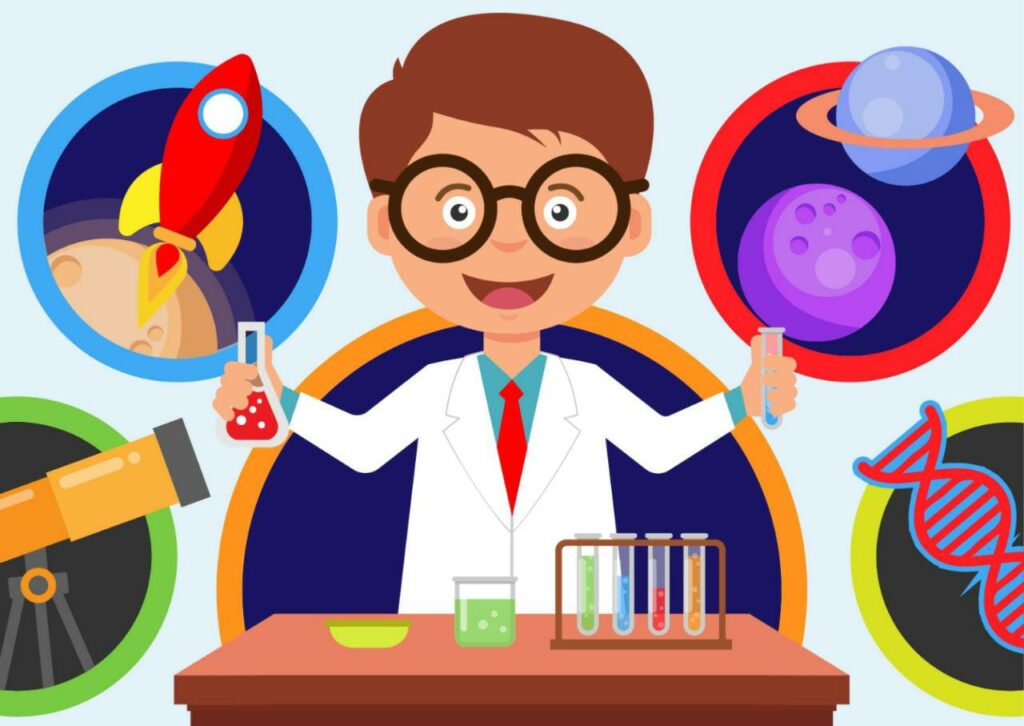
- Designing a Solution: It can often teach children how to develop solutions to problems. For example, children may be asked to design a better way to recycle plastic, build a more efficient wind turbine, or create a new product that solves a common problem.
- Inventing a New Product: It inspires children to create new products. For instance, a child interested in robotics may develop an idea for a new robot to perform a specific task. They can then use their STEM knowledge to build and test a prototype.
- Experimentation: STEM topics often involve experimentation and exploration. For example, a child may conduct a science experiment to test a hypothesis or create a computer program to test an idea.
Conclusion:
In conclusion, STEM education is essential to a child’s growth and development. By promoting motor skills, hand-eye coordination, creative thinking, and visualisation, STEM education provides children with valuable skills that will serve them well throughout their lives. Parents can foster a love for STEM in their children by incorporating STEM activities into their everyday lives, such as building with blocks, playing with Legos, or using virtual reality technology.
With the proper support and encouragement, children can develop their STEM skills and set themselves up for success in various fields. As we move forward into an increasingly technology-driven world, it’s more important than ever to ensure that children have a solid foundation in STEM education. By doing so, we can help them reach their full potential and contribute to a brighter future for all.
